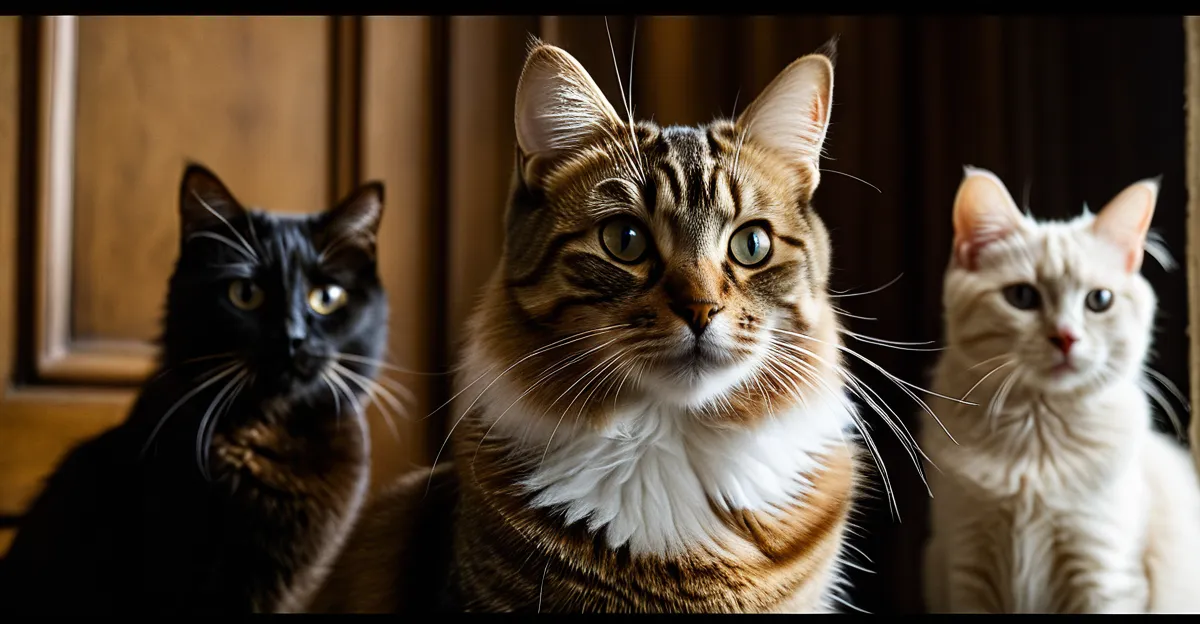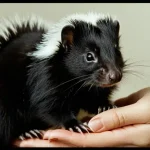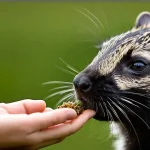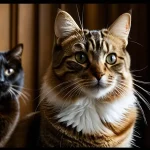Cats in British Folklore and Mythology
Cats have long held a mysterious place in British folklore, where their presence often bridged the natural and supernatural worlds. In ancient Britain, cats symbolized protection and mysticism, revered for their keen senses and nocturnal nature. Early depictions highlight their role as guardians against evil spirits, often associated with witches and magic.
Numerous cat myths emerged over centuries, reflecting societal fears and hopes. For example, the black cat was considered a bad omen in some regions, while in others, it was a symbol of good luck. These historical superstitions permeated everyday life, influencing behaviors such as avoiding crossing paths with a black cat or carrying cat-related talismans for protection.
Also to discover : Why Do Cats Exhibit Such Unique Personalities Compared to Other Animals?
Beyond superstition, cats also became embedded in the cultural heritage of Britain, inspiring tales that blended reality with fantasy. These narratives shaped the social fabric, reinforcing moral lessons or cautionary warnings. As a result, the cat’s enigmatic reputation in British folklore remains a fascinating testament to how deeply animals can influence human belief and tradition.
The Evolution of Cats’ Social Status in Britain
In medieval Britain, cats often bore a reputation steeped in suspicion. They were commonly linked to superstition, witchcraft, and even regarded as familiars of witches. This period saw cats primarily valued for their practical role in vermin control rather than affection or companionship. Many laws implicitly tolerated or encouraged the use of cats to keep rodent populations in check, but social acceptance was limited.
Also to discover : What Makes Cats the Ultimate Household Companions?
The rise of the Victorian era pets mentality significantly transformed the cat status history. Cats were no longer merely working animals but became cherished members of households. Victorian society’s growing urban middle class helped popularize cats as companions, appreciating their cleanliness and perceived gentleness. This shift was accompanied by changes in laws favoring pet ownership and animal welfare, reflecting evolving societal attitudes.
By this time, cats had transitioned from struggling against superstition to enjoying admiration as elegant domestic creatures, mirroring broader cultural shifts in how animals were valued. Understanding this historical progression showcases the dynamic interplay between culture, law, and the evolving bond between humans and cats.
Cats in British Literature and Art
Cats have long been woven into the fabric of British art and culture, inspiring many literary cats that appear across classic and modern works. Renowned famous authors such as T.S. Eliot immortalized felines in poetry, with Old Possum’s Book of Practical Cats serving as a beloved example. These cats are more than mere characters; they embody whimsical traits that resonate deeply with readers and reflect societal observations.
In British art, cats have left their paw print through various illustrations, often symbolizing mystery, grace, or independence. Artists like Sir Edwin Landseer famously painted cats alongside dogs, highlighting their distinct personalities and fostering a cultural appreciation for animals.
Iconic depictions, such as John Tenniel’s illustrations of the Cheshire Cat in Alice’s Adventures in Wonderland, showcase how feline imagery can enhance storytelling. The Cheshire Cat’s wide grin captures the enigmatic and playful spirit typical of many British artistic representations of cats, influencing both literature and visual arts deeply.
This enduring presence highlights how literary cats and British art intersect, enriching cultural output with feline charm and symbolism.
Famous British Cats and Their Cultural Impact
Famous British cats like Larry, the Chief Mouser at 10 Downing Street, and Palmerston, former Foreign Office cat, have become national icons. These cats are more than just beloved pets; they play visible roles in government institutions, symbolising stability, wit, and a light-hearted spirit amid political seriousness. Larry’s presence at Downing Street since 2011 has made him a staple of British pop culture, frequently featured in media and social commentary.
Beyond mere mascots, these cats influence public perception of political spaces. Their informal roles soften the image of government institutions, making them appear more accessible and relatable to citizens. The tradition of appointing cats to official positions like “Chief Mouser” reflects a uniquely British blend of humor and respect for tradition.
Such famous British cats also shape broader cultural narratives. They embody national traits like resilience and charm, influencing traditions around pets and public figures. Their stories inspire art, literature, and social media, reinforcing their status as cultural icons whose impact transcends their feline nature.
Cats in Modern British Popular Culture
Cats have become ubiquitous icons in British pop culture, seamlessly appearing in television shows, films, and digital media. From popular sitcoms to children’s programs, the presence of cats often symbolizes warmth, mystery, or humor, reflecting their deep-rooted appeal. For example, cats frequently feature in storylines or as memorable sidekicks, highlighting their broad influence on narrative and audience connection.
In advertising and branding, cats serve as powerful mascots and symbols to capture attention and evoke emotional resonance. British brands utilize feline imagery not only to promote products but also within public campaigns, leveraging the affectionate public attitude toward cats to increase engagement and awareness.
Online, cats significantly influence societal trends, driving vibrant digital communities and viral content. Social media platforms showcase countless cat-related memes and videos, nurturing a shared cultural experience that blends entertainment with companionship. This digital cat culture contributes heavily to British pop culture, proving the species’ lasting impact on both traditional and new media.
Enduring Superstitions and Evolving Attitudes
Cats have long been entwined with cat superstitions UK traditions, where beliefs about their powers have persisted into modern Britain. Despite increased scientific understanding, many people still associate cats with luck or magic. For instance, the notion that a black cat crossing your path affects fortune remains a familiar trope across the country. This shows how societal change often integrates, rather than eliminates, old beliefs.
Over recent decades, public attitudes toward cats have shifted markedly. While past generations sometimes viewed cats warily as mysterious or supernatural creatures, today’s society largely sees them as companions symbolizing independence and comfort. This evolution is reflected in how cats feature in media and culture—not merely as omens but as beloved pets with distinctive personalities.
Still, cats retain a symbolic role. They embody dualities like mystery and warmth, magic and homeliness, reflecting ongoing cultural fascination. This blend of old superstitions with contemporary beliefs illustrates the complex ways humans relate to cats, maintaining their status as icons of luck and charm within British culture.






